Mulching your garden beds has a lot of benefits. It not only helps you fight and prevent weeds but also conserves water and helps keep your plants happy and healthy.
Mulch your garden beds by applying about 2-inch thick layers of organic material on top of the soil. The best and most used materials for home garden beds are grass clippings, shredded leaves, straw, hay, garden clippings, wood shavings, and wood chips for perennials like trees, shrubs, and walkways.
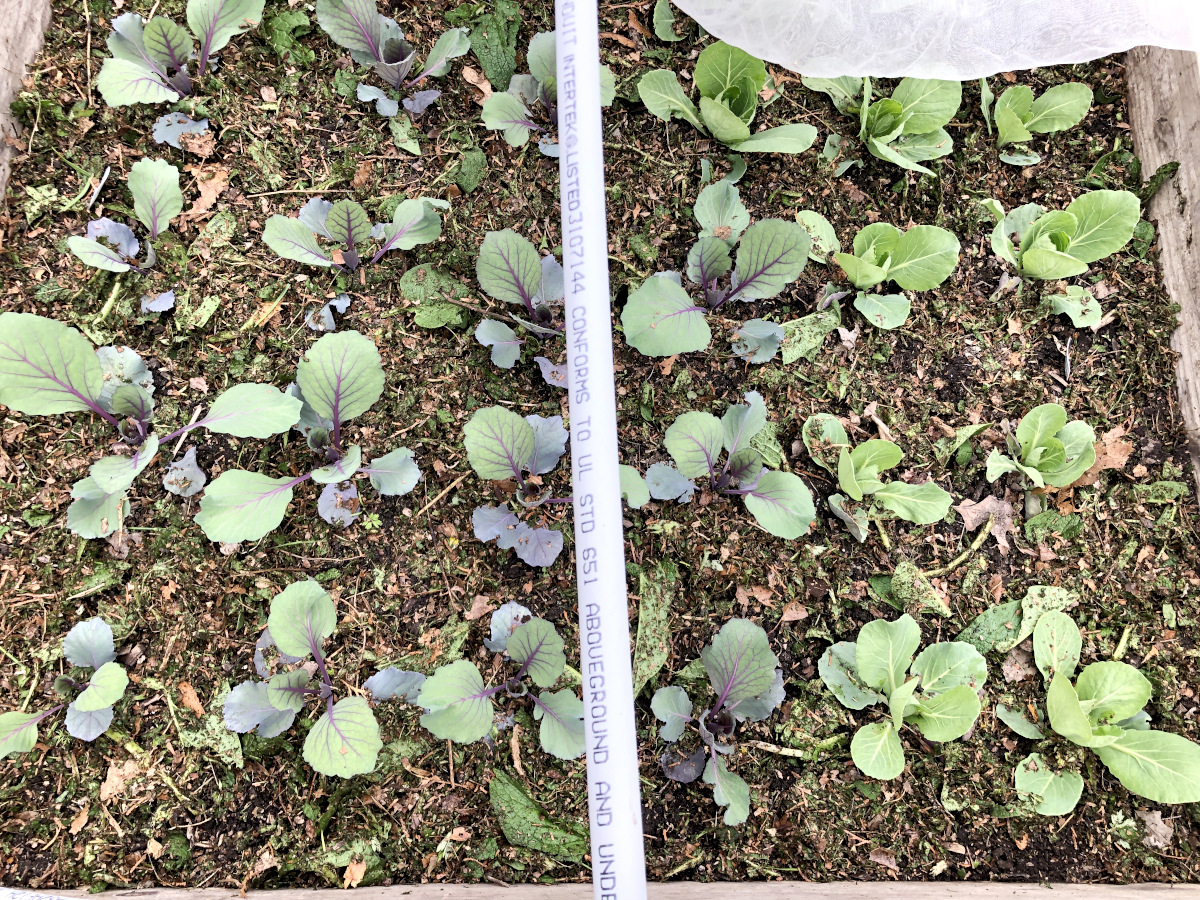
Why mulch garden
- Mulch insulates the soil. It helps to regulate soil temperature by keeping it warmer in cooler months and cooler in warm months.
- Mulching helps prevent weeds
- It keeps and retains moisture in the soil
- Mulching prevents the sun from scorching the soil and prevents water evaporation
- As the mulch breaks down it adds organic matter and nutrients to the soil and improves the fertility and structure of the soil.
- As the mulch breaks down it feeds bacteria and fungi in the soil and contributes to the biodiversity and health of the soil.
- Mulching helps with soil erosion in areas with strong winds, slopes, or heavy rains.
- Mulch can help prevent ground critters that like to hide, crawl and lay eggs in the soil.
- Mulch creates a home for predatory insects to help you fight garden pests.
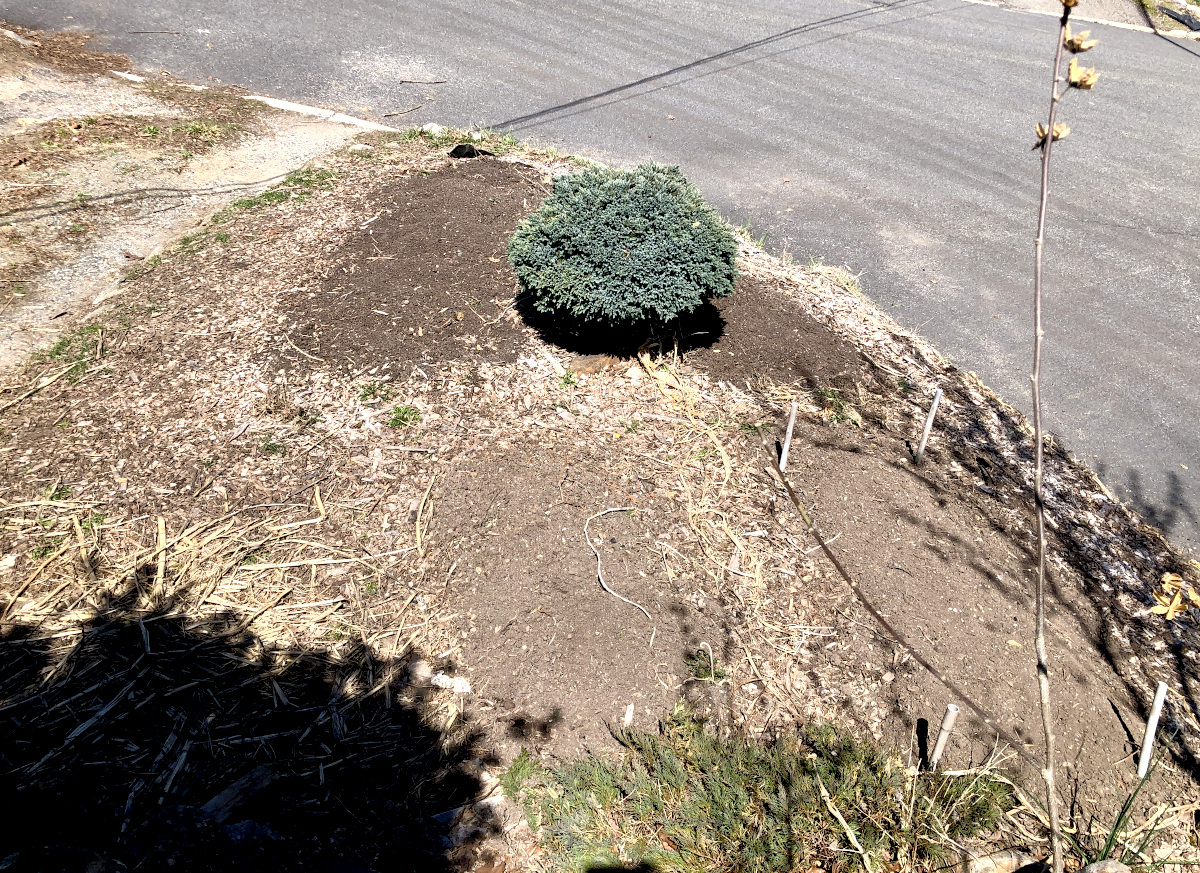
A GOOD READ: How to clear a vegetable garden full of weeds?
I use wood chips to mulch my pathways and walkways in the garden and to prepare a large area for future planting. It helps to suppress the weeds, and with setting up instant no-till garden beds. The best is that wood chips are free as tree companies always look for space to dump all that organic material.
I use wood chips to fill the bottom parts of my new raised beds and containers as I plant. Over time they decompose and turn into the soil while feeding the soil life, and helping conserve the moisture below the soil. They also help me save money as I do not have to fill the whole bed or container with pricey quality soil.
As wood chips decompose, they take nitrogen, therefore I always cover the wood chips with green material like comfrey or freshly pulled weeds which will provide nitrogen for the wood chips to decompose and leave the nitrogen in my soil. Then I layer the soil on top, in which I plant.
What mulches can I use for my vegetable garden beds
- Use chemical-free and seed-free mulches to top your garden beds.
- Mulch with chopped or shredded dry leaves.
- Animal bedding litter either cedar, pine or both mixed together.
- Grass clippings.
- Wood shavings, pine bark.
- Leaf mould (decomposed leaves).
- Wood chips. Use them for garden walkways or around the perennials like trees and shrubs. Do not use wood chips around the tender seedlings or directly in garden beds, over the freshly sowed seeds as they are too heavy and will get mixed in the garden soil and take a long time to decompose. They might be too heavy for the seeds to germinate well and will keep the oxygen out and too much moisture sitting in.
- Alfalfa hay. Ensure it does not contain herbicide, with very few viable seeds so it does to reseed in your garden.
- Straw, also ensures it does not have any herbicide and minimum viable seeds.
- Cardboard for walkways. Brown plain, unwaxed cardboard with the stickers and tapes removed.
- Apply only about 2 inches of mulch on your garden bed soil. Apply more than 2 inches if mulching walkways.
- Use living mulches such as annual herbs like cilantro, basil, and dill. These herbs can serve as secondary crops and living mulch as well. Simply sow them under and around the main crop.
- Use the chop-and-drop garden method to mulch your garden beds by chopping and dropping your healthy but spent garden plants and weeds.
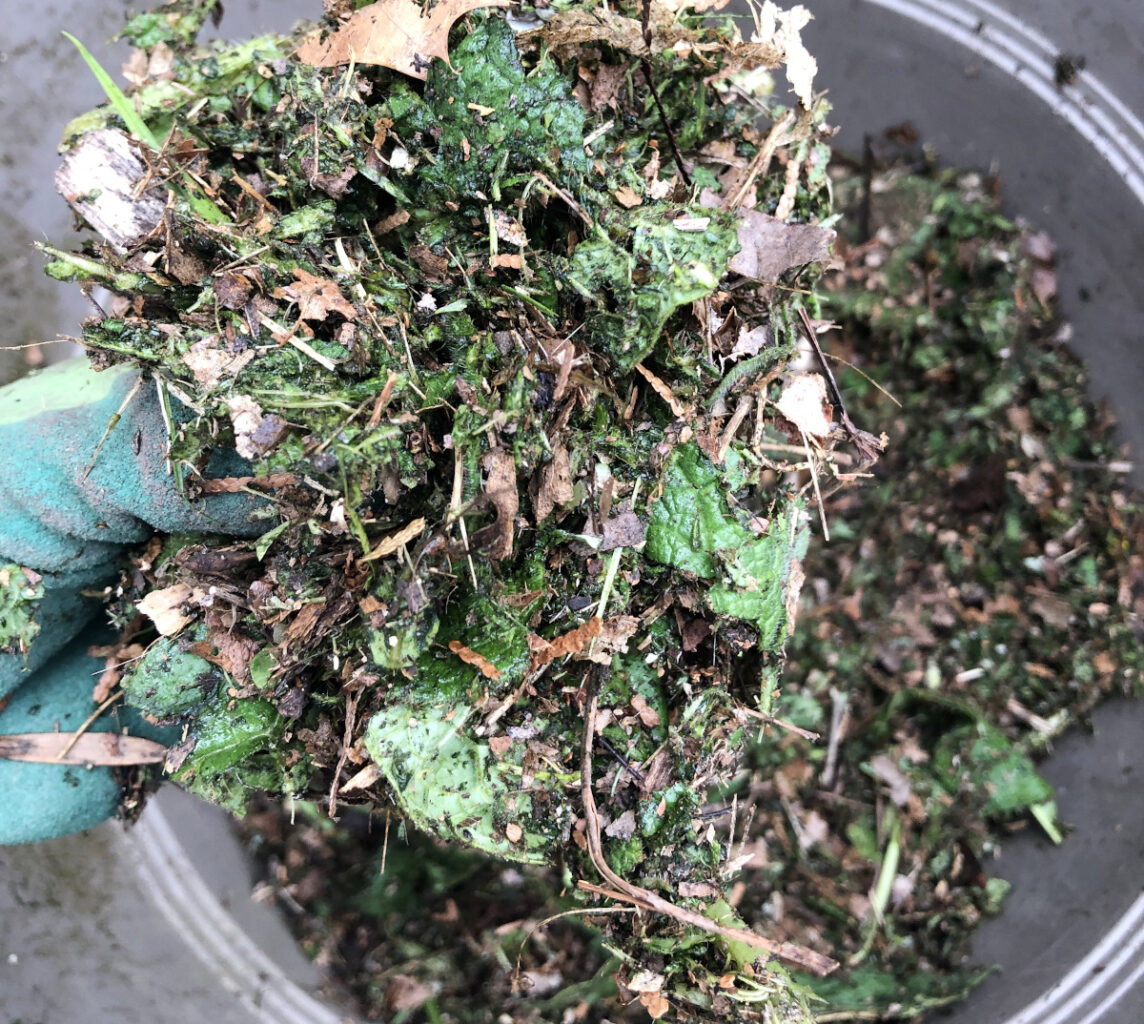
I feel like buying mulches is simply not justified in my mind. I cannot make myself pay for garden mulch when I can have it free! If this is not your case, then go ahead and buy the mulch you need, as not all of us home gardeners have a property to forage from.
I strive to use free mulch for my garden, ones that I can harvest and forage around my property. I use grass clippings from mowing, and weeds as mulch, shredded dry leaves, shredded newspapers, and my favorite-comfrey. I grow comfrey and use it as chop and drop mulch. Why not fix my soil by growing a comfrey plant and then chop it up and use it as mulch? It is a win-win situation!
To harvest larger weeds and comfrey, I usually just break them off by hand, but sometimes I choose to use a machete to harvest in bulk.
To shred dry leaves I simply gather them in a large trash can and then shred them using a weed wacker. I use electric garden tools from the same brand using the same batteries so they are light, have no annoying cable lingering, and I can use the same battery for all the tools I have. This trimmer is very user-friendly and is the one I use. I then spread dry shredded leaves as mulch around my tender annuals.
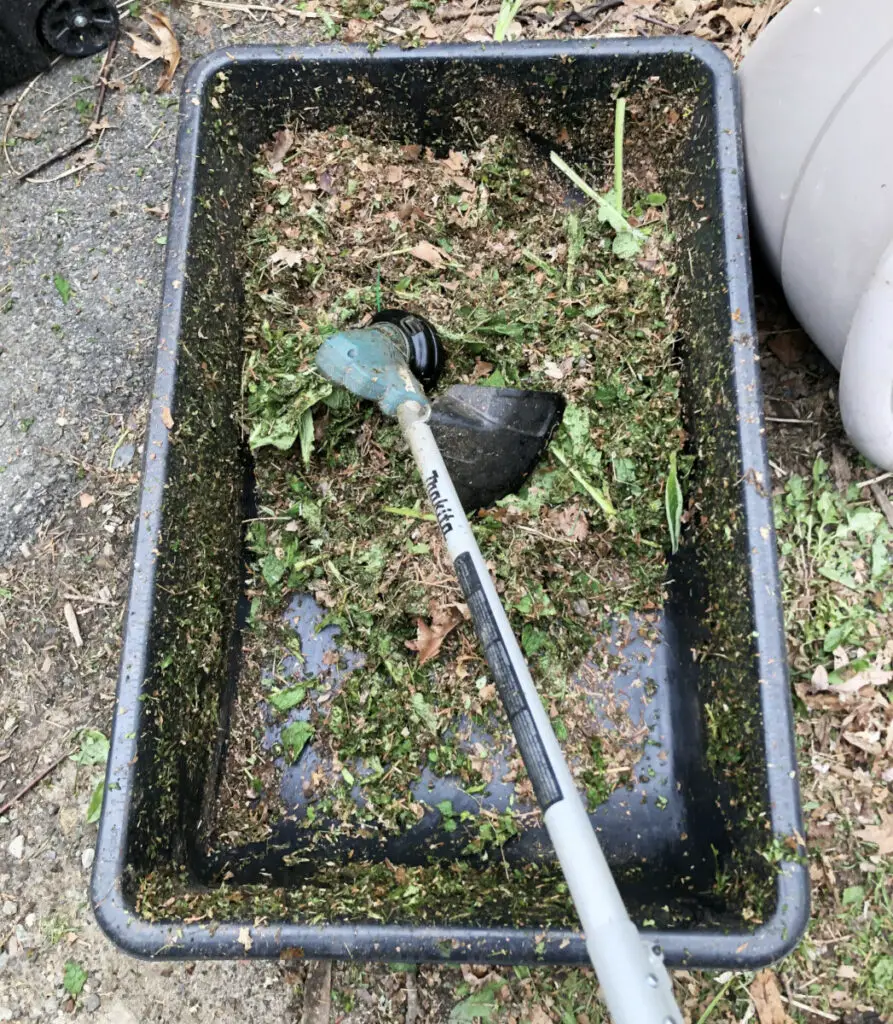
I also plant densely to use my plants like herbs as living mulches. I like to plant nasturtium, calendula, cilantro, dill, and basil as living mulches. They not only protect my soil, but also attract pollinators, look stunning, and are edible!
How do I add mulch to my garden bed?
Apply about 2 inches thick layer of organic mulch on top of your garden bed using organic material that will decompose, amend your garden and improve the soil structure, water retention, and drainage. Use organic matter that is lightweight and available to you. The most popular mulches for home garden beds are grass clippings, shredded leaves, shredded newspapers, garden clippings, and pine shavings.
Do not use too much mulch as your plants need airflow around their base. Using too much mulch might hold too much water around the base of the plant which might result in the rotting of the stem and provide the environment for harmful mold and bacteria to form and breed. Use only a thin layer or light mulch about 2 inches thick.
Can you put mulch directly over the soil?
Yes, mulch is meant to be put directly over, or on bare soil covering the surface.
Do you need to put anything down before mulch?
Nothing is needed to be put down before mulch. Much is supposed to sit directly on top of the bare soil.
How to use wood chips as mulch in the garden
Never mix wood chips with the soil, but rather lay the woodchips on top of the soil. Because wood chips are heavy, they are not recommended to be used around annual plants. Rather use wood chips around perennials like trees, shrubs, and canes. When using wood chips around trees, do not mount them up around the trunk, but rather away from the trunk in a doughnut shape, so the water would be directed around the tree and down the roots. If the mulch is piled up in a mount around the trunk, the water will be directed out and away from the tree and its roots. Keep only a thin layer of wood chips touching the bark. As the wood chips are layered into a doughnut shape gradually increase the thickness of the mulch forming a doughnut shape. Use wood chips on walkways and paths by applying a thick layer of mulch to help prevent the pathways become muddy and suppress weeds.
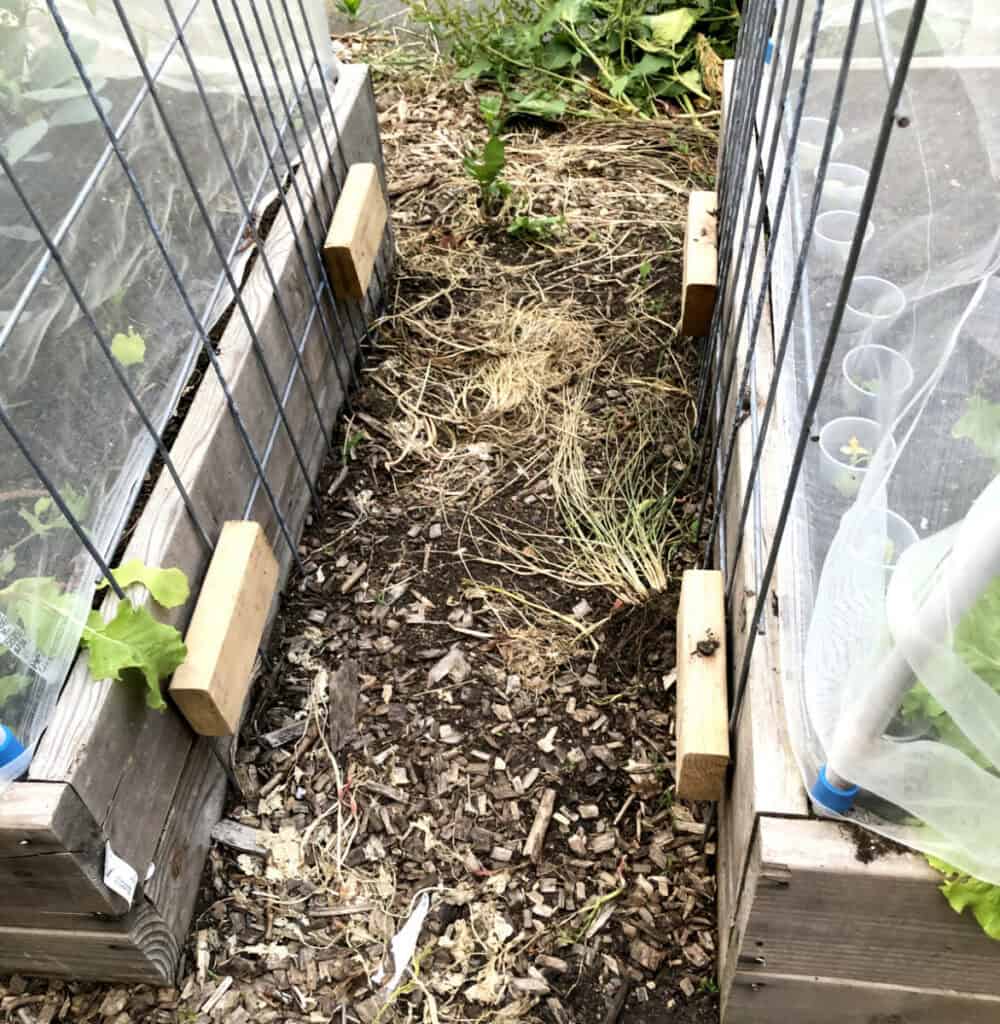
My first and biggest gardening mistake was I mixed my wood chips in with the garden soil in which I then grew vegetables. I had no harvest that year, only leafy greens yielded. I listened to master gardeners who forgot to mention to never mix woodchips with the soil. After listening to all of the benefits of using wood chips in the garden, my being a beginner, I simply mixed them in with the soil and then as time passed and my garden was not doing well, discovered that it was a crucial mistake. Always layer woodchips only on top of the soil and avoid using them for tender annuals. This mistake took me about two growing seasons to recover from. Lesson learned!
As a conclusion, there are many articles and videos about mulching the garden. Like always, each gardener has his/her own proffered method of mulching. Some chose to grow or harvest their own mulch, and some prefer to buy it. Go with what works best for your situation and your growing space.
What is chop and drop mulch?
Chop and drop mulch means using plants from the garden as mulch. Chop the spent plants, weeds, or mulching plants like comfrey into small chunks using your hands, knife, or weed wacker and drop them where you want your soil to be mulched. The plant will cover-mulch the soil, wilt, dry, and decompose.
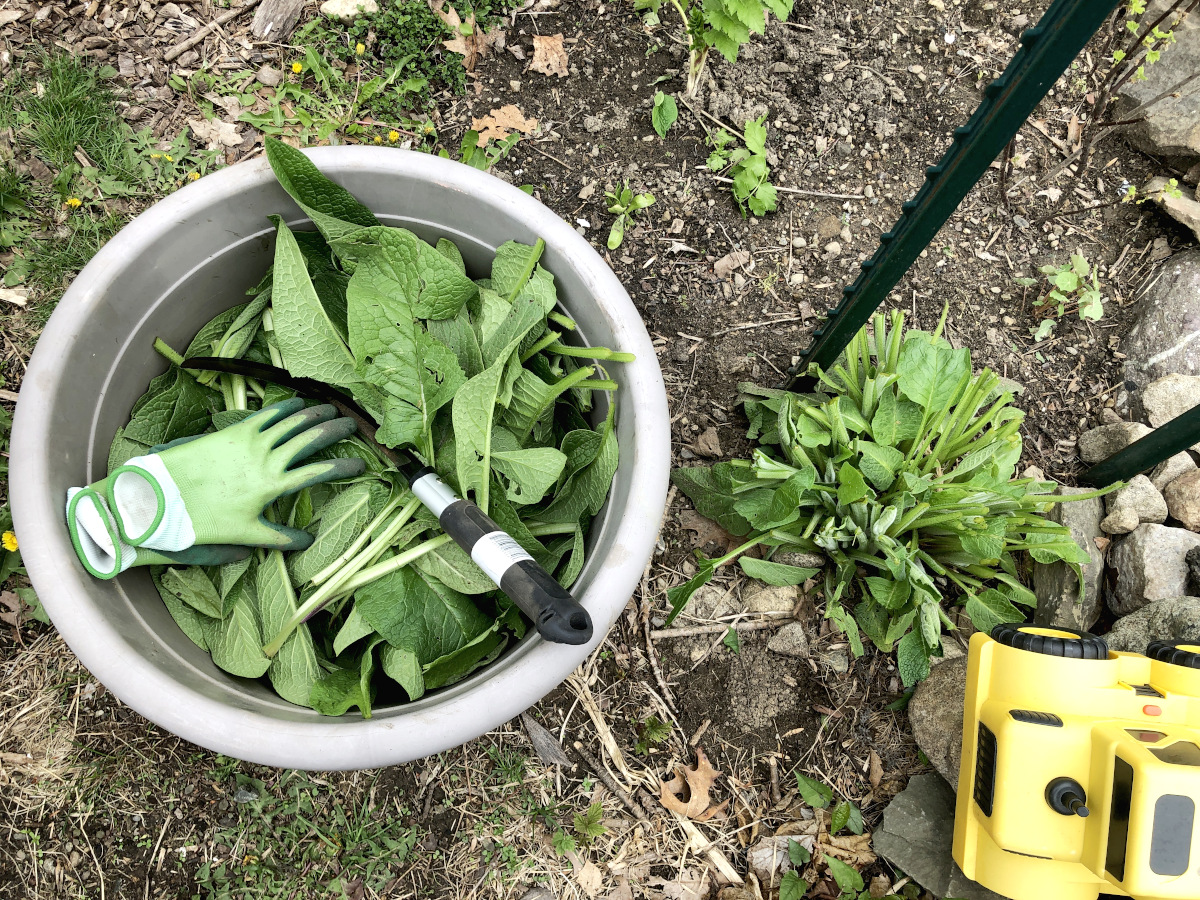
I grow lots of comfrey which I spread year by year in my growing space and around the parameter of my property. Then I chop it and drop it where I need the soil mulched or amended. Other garden plants can also be used for the chop and drop method like spent corn, potato leaves and stalks, cauliflower or broccoli leaves, and such.
How to suppress weeds using mulch
If there is an area with strong weeds that I need to clear up, I cover it with cardboard or at least 5 layers of newspaper. Then a thick layer of wood chips on top of it and water well. These will suppress and kill the weeds underneath and next growing season I can plan in that spot, or I can simply set up an instant no-till garden to grow right away.
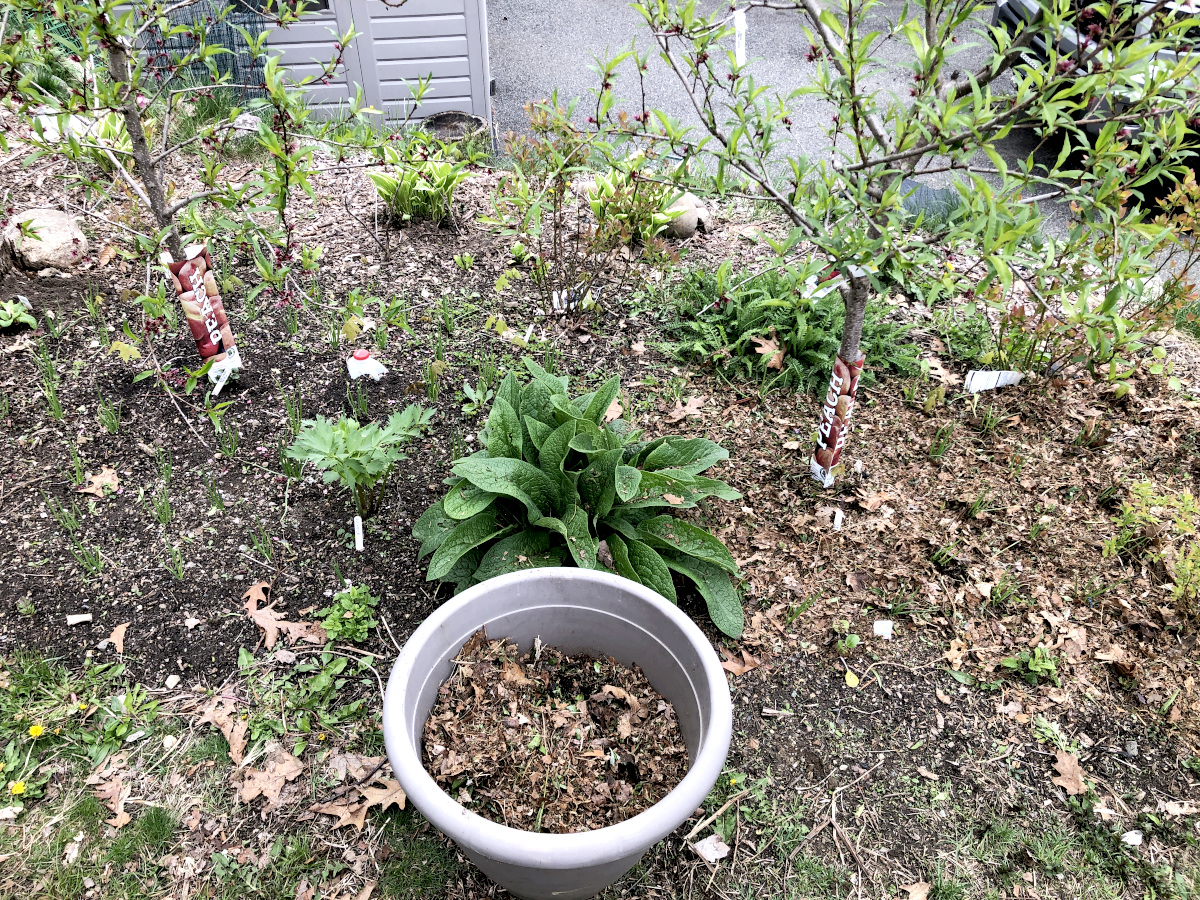
I invite you to share with us what mulching method you use in your home garden.

